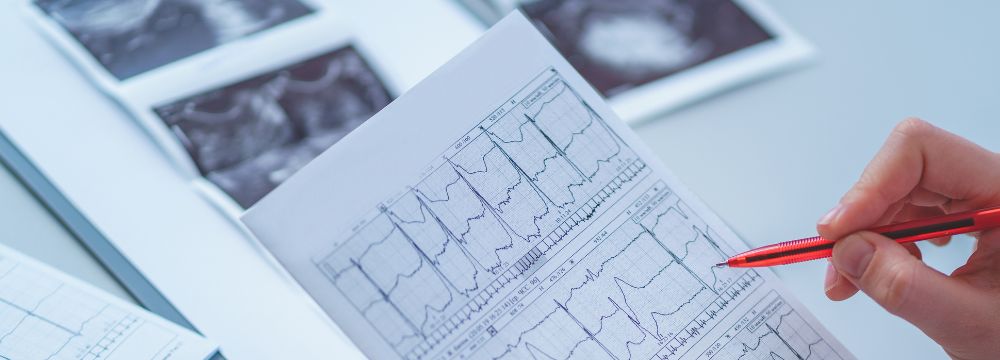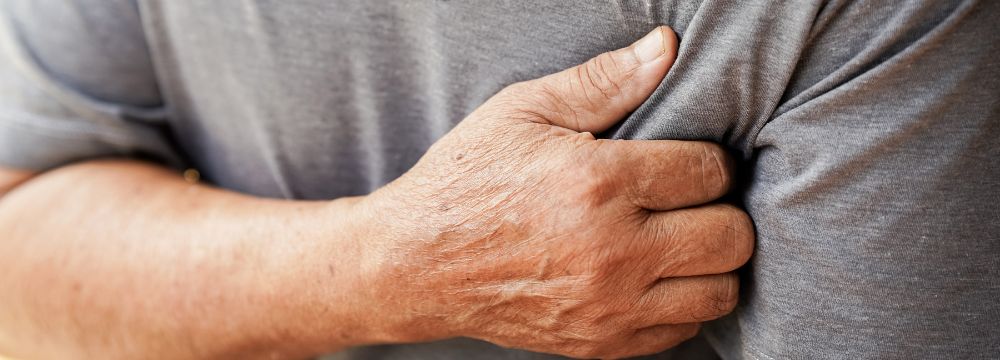
With the abundance of information on the Internet and elsewhere, we’ve never had more to digest than we do today. However, with all that information comes the spread of this information and myths, making it much harder to understand what is good and what is evil. To some degree, the stereotypical hand-over-chest depiction of a heart attack, while accurate for many, does not encompass the entirety of the problem and may leave some patients, especially women, thinking that they are not experiencing this deadly cardiovascular event. Let’s dig further.
Men and women can experience heart attacks quite differently. For the most part, heart attacks are considered a man’s disease. Condition. To be sure, most of the heart attacks that occur in the United States and worldwide are in men. However, many women die from cardiovascular disease, and Heart issues remain the leading killer of women. So, the first and most important thing to remember is that women can experience heart attacks as well, and chest pain should not be ignored., Dismissed or diminished. This is also true in the medical setting. Often, patients are discharged as having a panic attack, anxiety, or even Gerd. Unfortunately, many patients are underdiagnosed during a critical time when a heart attack can be effectively treated with fewer long-term effects.
Heart Attack Symptoms May Be Different in Women
As we mentioned above, the typical depiction of a heart attack involves a man touching their chest. And while this may be the most common manifestation, we now know that heart attacks manifest differently in different people, especially women. While most men experience pain in the center of the chest and possibly some pain or discomfort in the left arm, neck, and back, signs of a heart attack in women can be more subtle. Women may find their heart attack more like significant and profound indigestion. Their chest pain may be more of a squeeze that most associate with stress or anxiety. The symptoms may also be very mild, and some patients do not seek medical care, thinking that it will go away or that it’s no big deal.
Regular Check-Ups Are Critical
Getting appropriately spaced cardiovascular check-ups is a must for women and men. The frequency with which these checks should be made primarily depends on risk factors, including waist size, cholesterol levels, blood pressure, diabetes, status, etc. Genetic factors, including family history and specific medical treatments for cancer or other diseases, can also affect the heart.
Ultimately, it’s critically important that patients spend the appropriate time understanding their cardiovascular risk, not ruling it out simply due to their gender. Taking good care of your heart and understanding your risk factors and signs and symptoms can be the difference between life and death. As we always say, prevention is the key to reducing the burden of heart disease on our families and society.
If you have a family history of heart disease or have felt any unusual symptoms, we encourage you to contact our office for an evaluation and appropriate risk factor stratification. If you have a medical emergency or believe you’re having a heart attack, dial 911 immediately or go to your nearest emergency room.






